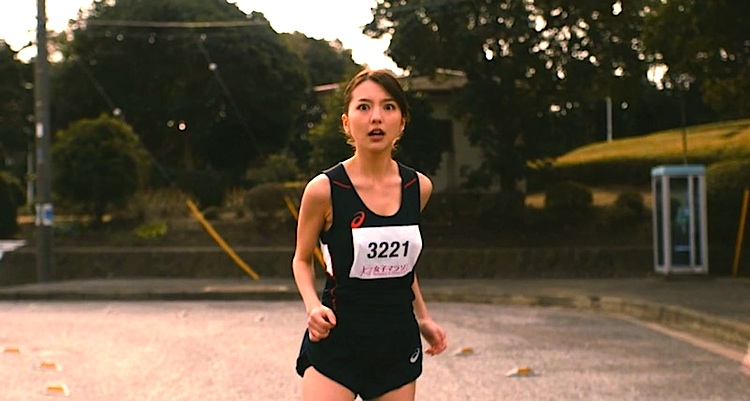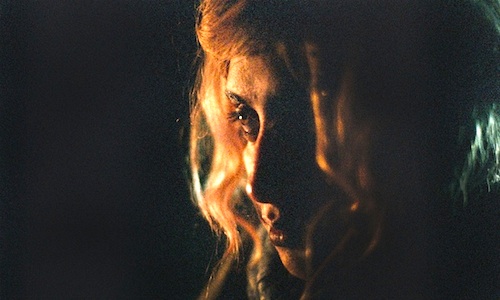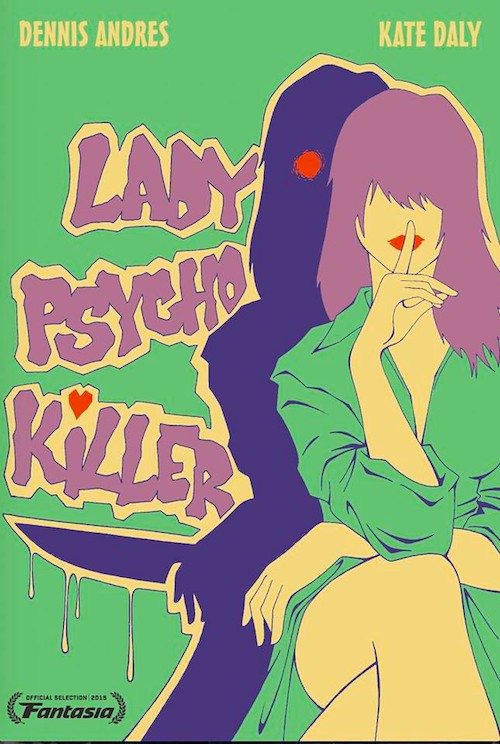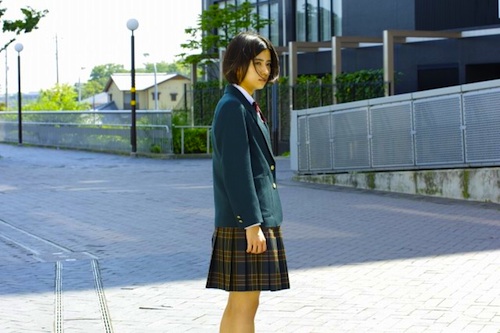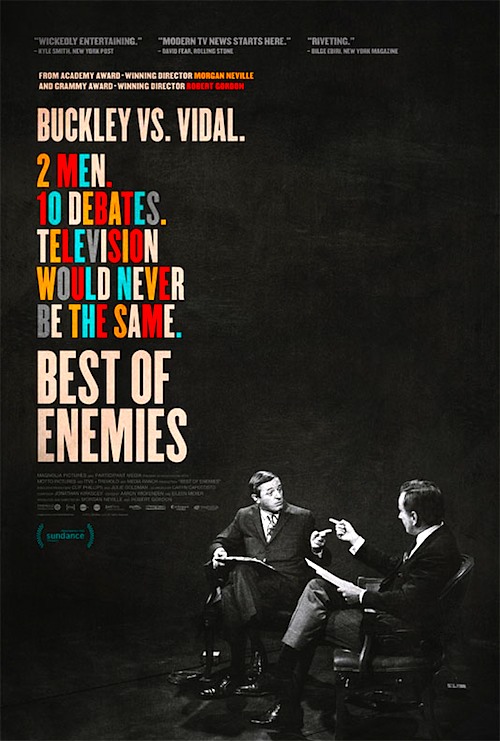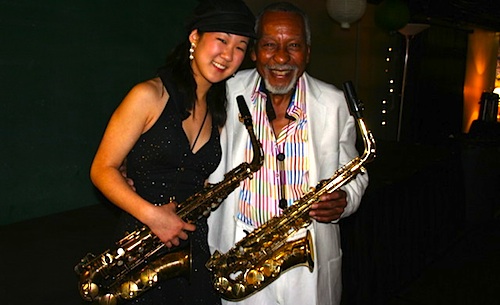By Joe Bendel. Mitsuko is a sensitive hafu (multi-ethnic, half-Japanese) high school girl, who writes poetry. This makes her an excellent candidate to be the “Final Girl.” Unfortunately, she will be the lone survivor, over and over again. She quickly wearies of the macabre phenomenon in Sion Sono’s genre-defying, reality-problematizing Tag, which screens today during the 2015 Fantasia International Film Festival in Montreal.
It is a beautiful day for a class trip. Unfortunately, some sort of supernaturally malevolent wind will sheer off the top of Mitsuko’s bus, decapitating all of her classmates and adult supervision. This might be the most school girls Sono has killed off in a single swoop since Suicide Club, so you know he will make the gory most of it. Preserved through happenstance, Mitsuko flees in a panic, but her survival instincts force her to dodge the murderous gale.
Soon, Mitsuko stumbles across another all-girls high school, populated with unfamiliar students that all seem to recognize her. The tough-talking ambiguously-yuri-ish Aki takes her under her wing, claiming to be her BFF. Together with Yuki and Sur (short for “surreal”), they ditch their first class for some girl bonding by the lake. Tragically, horrifically apocalyptic events will shake the school during second period. With Aki’s help, Mitsuko will once again survive, but when she reaches town, she discovers she has transformed into Keiko, a twenty-five year-old woman on her wedding day. Considering the lack of men in this world, it is safe to assume the groom is no prince. However, just when things look hopeless, Aki reappears. Yet, that means the process also repeats, transforming the former Mitsuko once again.
Tag is allegedly based on the same Yosuke Yamada novel that inspired the hit Chasing World films and TV show, but even if you have seen the entire Battle Royale-esque franchise, it will not explain anything that happens in Sono’s faithless non-adaptation. It is all Sono and it takes some wild metaphysical twists. This is not your 1980’s dead teenager kind of movie, not by a long shot.
Despite all the bloody mayhem, character counts in Tag. In fact, Erina Mano and the Austrian-Japanese Reina Triendl are rather extraordinary, all things considered, as the third and first manifestations of Mitsuko/Keiko/Izumi. In contrast, poor Mariko Shinoda seems a little overwhelmed by the wedding bedlam, inheriting the character at her most passive. However, if you are looking for transgressive mischief, her Keiko segment is tough to beat. Arguably though, the film really gets its heart from Yuki Sakurai’s career-making work as the fiercely charismatic Aki.
Arguably, we are really living in a golden age for cinema—one in which both Sion Sono and Takashi Miike exist and release new films on a monthly basis. In Sono’s case, Tag is the third of six films scheduled for Japanese release this year. It is also one of his most distinctive, somehow managing to subvert our genre expectations at every turn, while generating a truly massive body count. Very highly recommended for experienced cult cinema connoisseurs, Tag screens tonight (8/3), as part of this year’s Fantasia.
LFM GRADE: A-
Posted on August 3rd, 2015 at 5:42pm.
